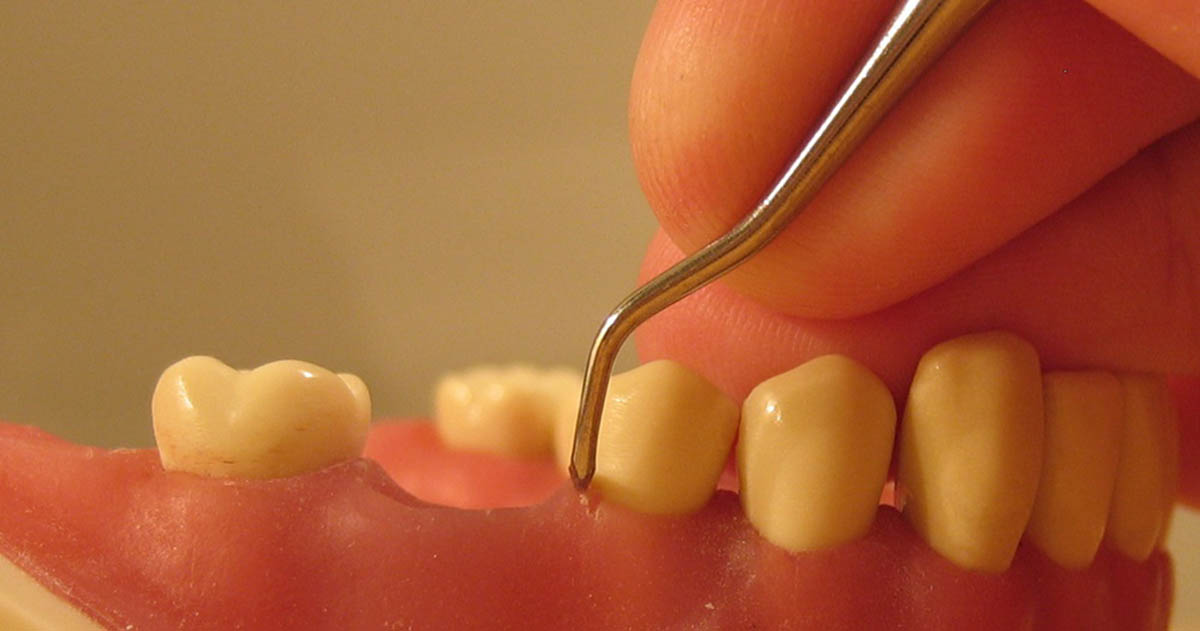Table of Contents
While inflamed gums (gingivitis) don't have to leave permanent damage, periodontitis does. The initial treatment goal is to prevent the damage from spreading any further. It's impossible to over-emphasize the importance of a solid self-care regime. Unless you play an important role in your own dental care, the periodontitis will get worse. Your dentist will tell you which steps to take.

They are likely to include:
- Purchasing a new tooth brush with soft bristles, that will not do more damage to your gums
- A gum-disease friendly toothpaste and antimicrobial mouthwash
- Ensuring you are able to clean your inter-dental areas and any pockets you have well, with a waterpick, interdental brushes, and floss
- Quit smoking if you smoke
- Talk to your family doctor or relevant specialists about medication you might be taking that could make your gum disease worse
Treatment Options
Anyone diagnosed with periodontitis be probably be advised to undergo a deep-cleaning treatment that removes plaque and tartar. Medications, including antibiotics, may also be part of the treatment plan. In case of moderate to severe damage, surgical treatment will be suggested.
"Flap surgery" is one common surgery that benefits patients with periodontal disease. During this procedure, gums are lifted and the areas underneath them are subjected to deep cleaning techniques. Once the areas are free of tartar build up again, the gums are stitched back more snugly so that those notorious pockets disappear.
In some patients, periodontitis will have progressed to the stage where they don't just have pockets, the bones holding their teeth in place will also have been damaged. Bone grafts and gum tissue grafts may be used in this case. These are usually synthetic materials. In a procedure known as guided tissue regeneration, mesh is used to ensure gum tissue doesn't start growing into areas where bone was previously present. This can enable bone and connective tissues to regrow.
See Also: Treatment for Periodontitis - Periodontal (Gum) Disease
Once your treatment has been completed, it is very important to continue to practice high levels of oral hygiene. This helps prevent recurrence of your periodontal disease and maintains your teeth, gums and bones. In addition, you will probably want to see your dentist a bit more often. Doing so means you'll know about any changes in your mouth early on, so that you will not have to go through any more rigorous treatment.
- Photo courtesy of Conor Lawless by Flickr : www.flickr.com/photos/conchur/1572262745
- Photo courtesy of R. Engelhardt by Wikimedia Commons : en.wikipedia.org/wiki/Periodontal_scaler#mediaviewer/File:Posterior_scaler_on_teeth.jpg

